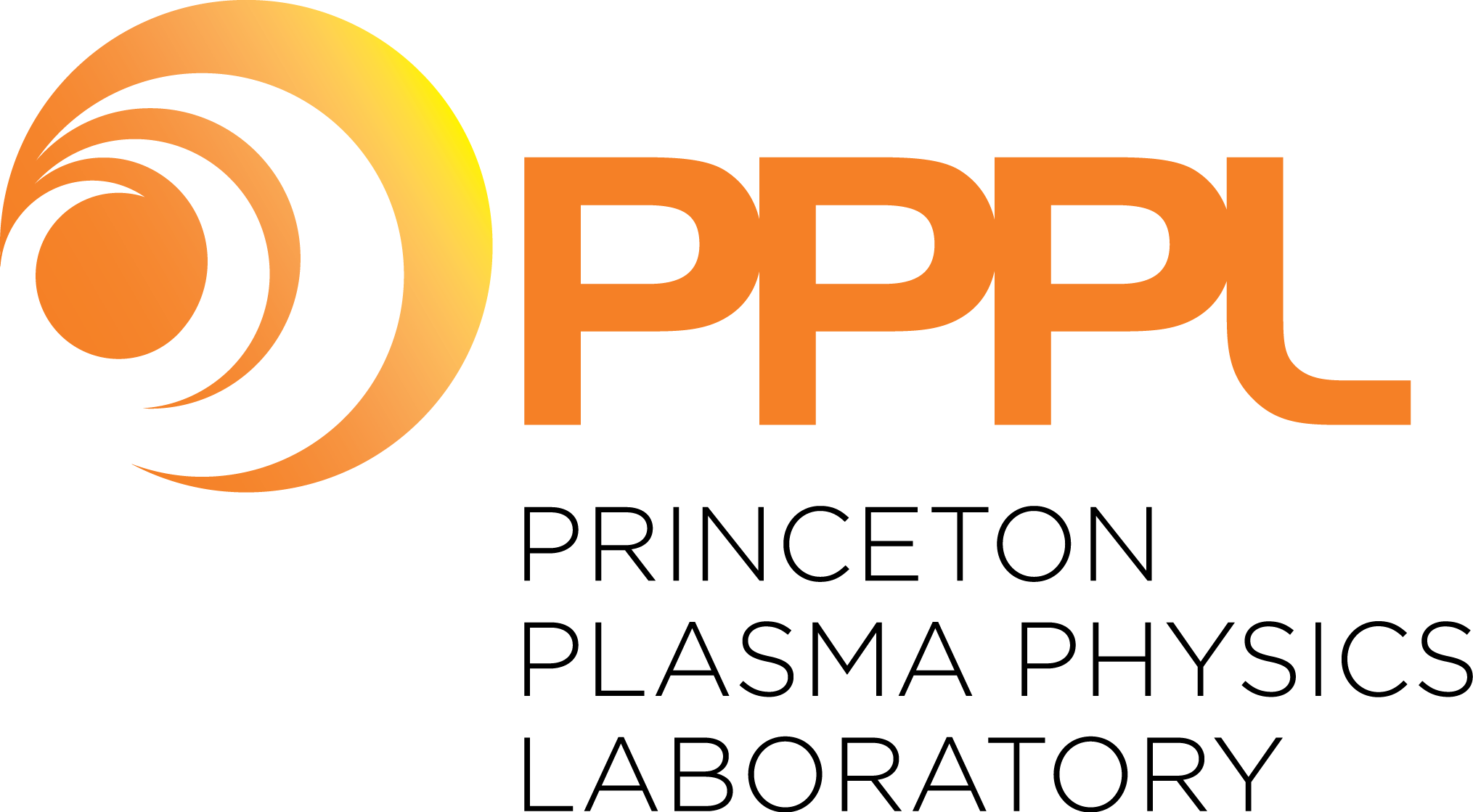I have posted about a number of different propulsion systems for spacecraft. Currently it can take years to carry out missions to the outer solar system. Now there is a new concept being explored that would use the mechanism behind solar flares to speed up the exploration of space.
Princeton Plasma Physics Laboratory (PPPL) Principal Research Physicist Fatima Ebrahimi is the concept's inventor and author of a paper detailing the idea in the Journal of Plasma Physics. She has been working on her propulsion concept for years. In 2017, she was thinking about the PPPL National Spherical Torus Experiment (NSTX). She said, “During its operation, this tokamak produces magnetic bubbles called plasmoids that move at around 20 kilometers per second, which seemed to me a lot like thrust.”
Nuclear fusion is the process that powers the stars. It combines light elements in the form of a charge gas called a plasma to generate enormous amounts of energy. Scientists are currently researching fusion in order to create commercial nuclear fusion power generators to power our civilization.
Researchers have developed space propulsion systems that utilize a plasma to generate thrust. Charged particles are accelerated and sent into space behind the rocket. Unfortunately, these plasma propulsion systems can only produce low speed or specific impulse. PPPL computers and computers at the National Energy Research Scientific Computing Center, a DOE Office of Science User Facility at Lawrence Berkeley National Laboratory in Berkeley, California, have run simulations that show that the new plasma thruster concept should be able to generate exhausts with velocities of hundreds of miles per second. This is ten times faster that any existing operational plasma thruster.
This new propulsion concept would accelerate the charged particles in the plasma using magnetic reconnection. This process is very common in the universe including the surface of our Sun. Magnetic field lines converge, suddenly separate and then merge back together again, generating a lot of energy. Reconnection is also present inside the donut-shaped fusion devices called tokamaks.
The faster velocity at the beginning of a spacecraft’s journey to the outer planets could make manned missions more practical. Ebrahimi said, “Long-distance travel takes months or years because the specific impulse of chemical rocket engines is very low, so the craft takes a while to get up to speed. But if we make thrusters based on magnetic reconnection, then we could conceivably complete long-distance missions in a shorter period of time.”
There are three major differences between Ebrahimi thruster concept and other devices that utilize ionic propulsion. The first difference is that by changing the strength of the magnetic fields, the amount of thrust can be increased or decreased. Ebrahimi said, “By using more electromagnets and more magnetic fields, you can in effect turn a knob to fine-tune the velocity.”
The second difference is the fact that the new thruster produces thrust by ejecting both charged particles and magnetic bubbles known as plasmoids. The plasmoids add power to the propulsion of the spacecraft and no other ionic propulsion concept makes use of plasmoids.
The third major different is that other ionic propulsion systems use heavy atoms such as xenon in the plasma. Ebrahimi’s concept allows either light or heavy atoms in its plasma. This flexibility means that the amount of thrust generated by the new propulsion system can be tailored to the needs of the mission. Ebrahimi said, “While other thrusters require heavy gas, made of atoms like xenon, in this concept you can use any type of gas you want.” Engineers might want to use ions of lighter atoms for some missions because they can be accelerated more rapidly.
This new propulsion concept expands the PPPL’s portfolio of space propulsion research. Their other projects include the Hall Thruster Experiment which was started in 1999 by PPPL physicists Yevgeny Raitses and Nathaniel Fisch in order to investigate the use of plasma particles for moving spacecraft. Raitses and students are also investigating the application of tiny Hall thrusters to providing small satellites called CubeSats with greater maneuverability in orbit.
Ebrahimi says that her new thruster concept is directly related to her research into fusion energy. She said, “This work was inspired by past fusion work and this is the first time that plasmoids and reconnection have been proposed for space propulsion. The next step is building a prototype!”
